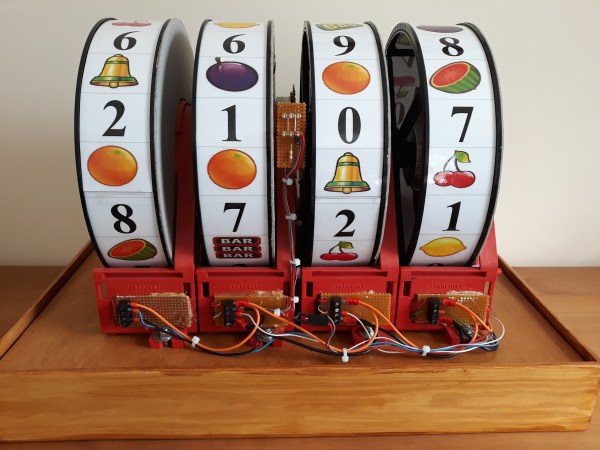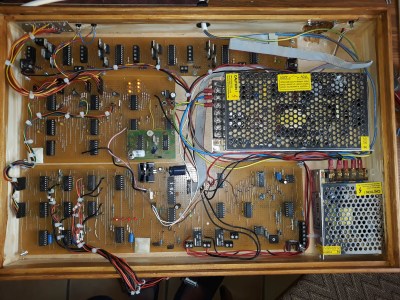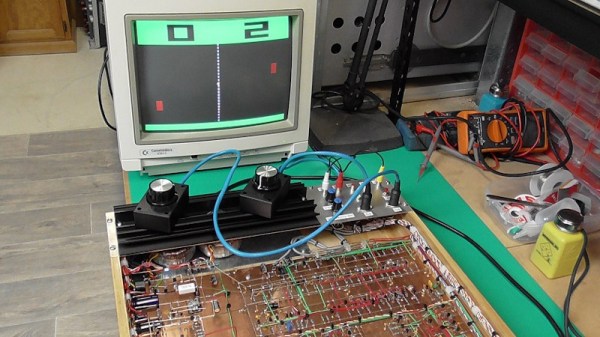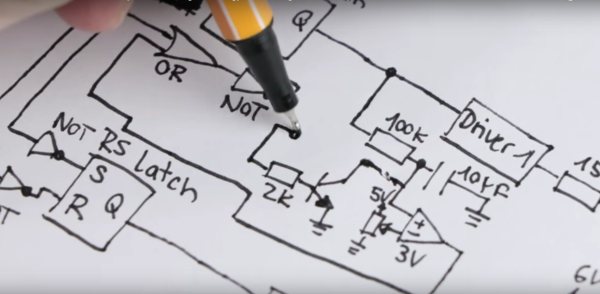Before the era of large-scale integration (LSI) semiconductor circuits, discrete logic circuits using the common diode-transistor logic (DTL) were still necessary and available in a format that was modular and reusable. [David Lovett] over at the Usagi Electric farm has two great examples that date back to the 1950s and 1960s, showing the jump in technology over the course of a mere decade.
The newer Varian Data Machines 620 from 1966 uses germanium diodes and transistors, while the 1956 Bendix G-15 uses germanium diodes with vacuum tubes, the latter effectively fulfilling the same purpose as the transistors. The main difference between the modules is the density, with a decade of technological improvements allowing for more than double the logic on similarly sized cards and a similarly impressive reduction in power usage.
Currently, [David] is working on reverse-engineering these so-called VersaLogic modules to be able to troubleshoot the Data/620 machine in his possession. The results of these efforts are being published on GitHub. Although you can think of these modules as more or less big versions of the 7400-logic ICs — which began to replace them in the Data/620I from 1967 — some of the circuits on the cards get pretty complex.
Continue reading “Exploring VersaLOGIC Pre-LSI Logic Cards With The Data/620”















